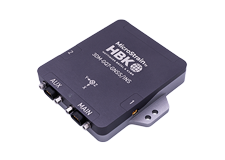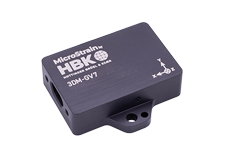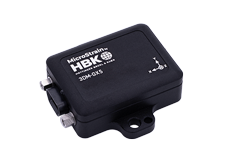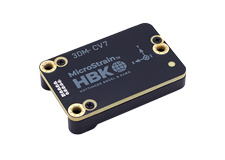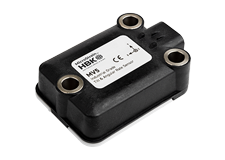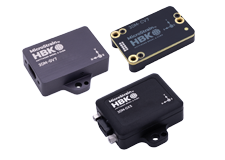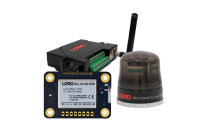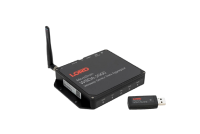Recent
-
-
Introducing Version 4.0.0 of the MicroStrain ROS Driver
Jan 29, 2024 /
-
-
-
Enhancing Vision-Based Robots with IMUs
Dec 19, 2023 /
-
-
-
MicroStrain to Join the HBK Family
Sep 18, 2023 /
-
-
-
Four Ways to Improve Your IMU Performance
Jun 30, 2023 /
-
Unmanned Vehicle Sensors Offer Reliable Performance in Dynamic Environments on Land, in Sea, and Air
- By Elena /
- Published Fri, 02/21/2020 - 10:47
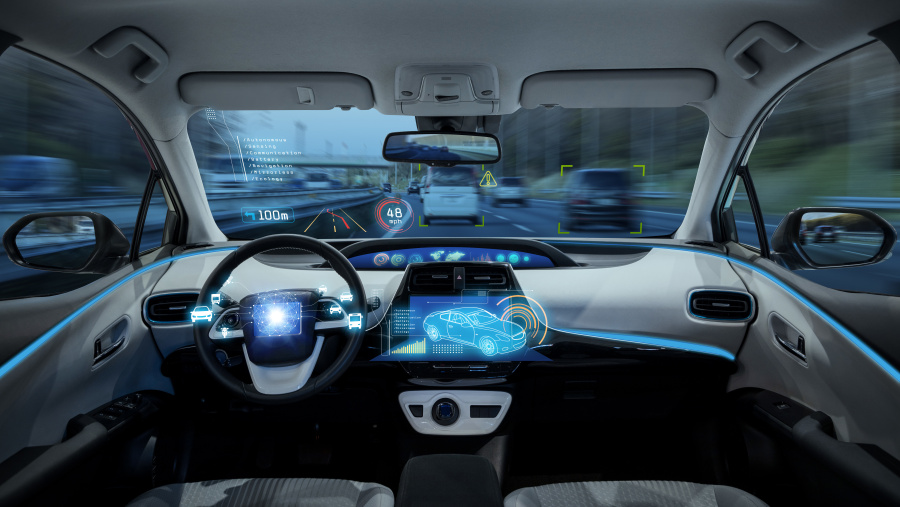
Performance, Accuracy and Reliability for Unmanned Vehicles
Unmanned vehicles (UAV, UAS, UGV, AUV, USV) often operate in demanding environments that require precise and reliable sensory feedback in order to perform navigation, positioning, aiming, and leveling operations. At the same time, many of these vehicle designs are sensitive to small changes in weight and volume. MicroStrain’s lightweight high performance IMUs offer attitude, heading, vertical reference, position, velocity and GPS/GNSS data critical to all of these applications, converged through a real-world optimized extended Kalman Filter (EKF) to improve results in turbulent and noisy environment. The sensor’s small, lightweight design and high performance in dynamic conditions make them highly desirable for unmanned vehicles.
Unmanned Aerial Vehicles
Looking ahead, experts see more unmanned aerial vehicles taking to the skies to carry out a variety of military and civilian missions. Microelectronics provide critical components that enable today’s UAVs to handle their challenging missions. MicroElectronic Mechanical Systems (MEMS) devices onboard UAVs equip them to perform essential functions. Tiny MEMS sensors and GPS/GNSS receivers are integrated into MicroStrain’s inertial measurement systems provide essential attitude, acceleration and position information for small aerial machines.
Inertial sensors in an Unmanned Aerial System enable:
- Flight Control
- Navigation
- Beyond Visual Line of Sight (BVLOS) operation
- Platform Stabilization
- Camera Pointing
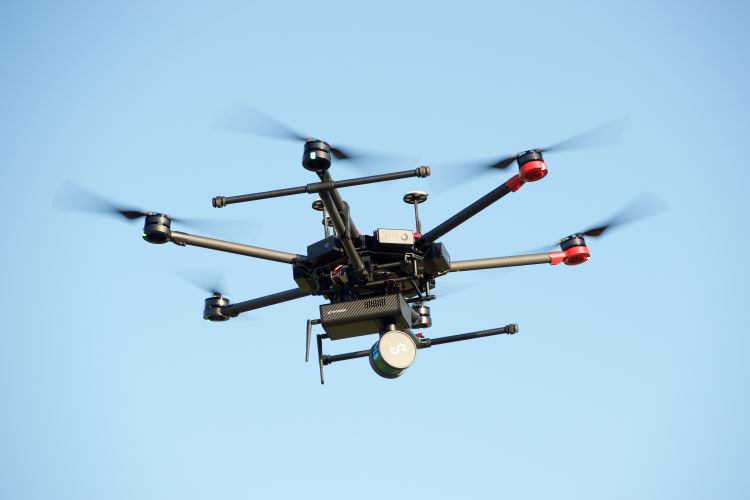
Unmanned Ground Vehicles
Navigation subsystems are integral to the performance of unmanned ground vehicles. Conventional, high-performance navigation systems support unmanned solutions, but are limited in their application due to size, weight, power consumption and cost concerns. MicroStrain’s small, lightweight inertial measurement units (IMU) and GNSS and GPS aided inertial navigation systems (GNSS/INS) provide unmanned ground vehicles with the information required to reliably navigate unstructured settings. This generation of smaller, lighter, low-power, cost-effective devices enables more responsive autonomous ground vehicles, and establishes a foundation for implementing UGVs in greater numbers and in previously prohibitive environments.
Inertial sensors in an Unmanned Ground System enable:
- Orientation Measurement
- Navigation
- Platform Stabilization
- Payload Pointing
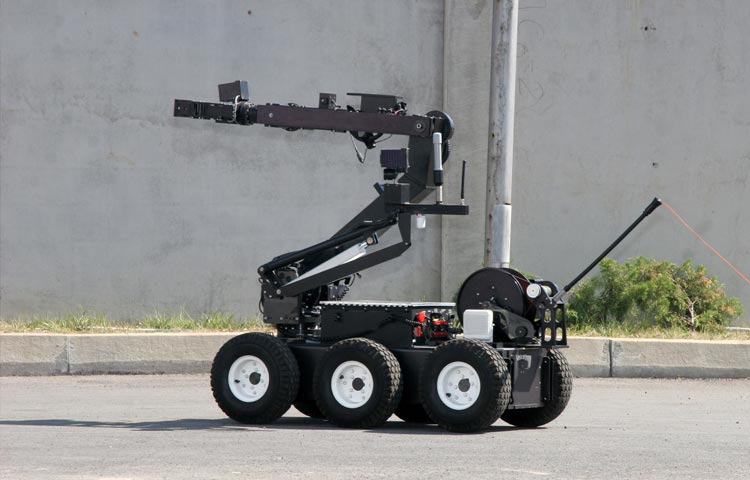
Unmanned Underwater Vehicles
Underwater Remotely Operated Vehicles (ROVs) and Unmanned Underwater Vehicles (UUVs) operate in extremely demanding environments that require precise and reliable navigation in the absence of GPS. Inertial navigation solutions must not only be very accurate, but small, lightweight, low power and easy to integrate l. Precise information for control, navigation and location is delivered by combining MicroStrain’s inertial sensor data with information from Doppler Velocity Log (DVL), depth instruments and sound velocity sensors.
Inertial sensors in an Unmanned Underwater System enable:
- Orientation Measurement
- Navigation Aiding
- Platform Stabilization
- Payload Pointing
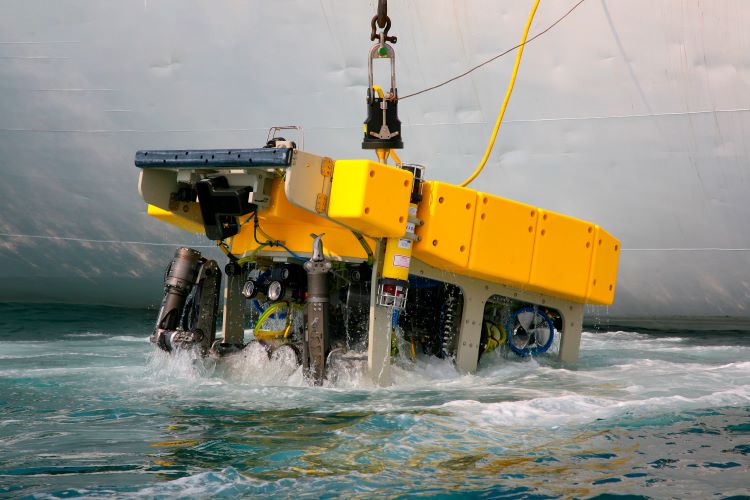
Related Articles
- Miniature inertial sensors for UAV Systems
- Wireless torque monitoring unmanned rotorcraft flight test applicatons
- Inertial sensing unmanned air vehicles
- Video: How inertial sensors can be used with UAV
- Microstrain Inertial Sensors Guide to Unmanned Ground Vehicle
- Lord Corporation expands sensors product portfolio to unmanned and autonomous vehicles
- Video: Microstrain Vibration, temperature, unmanned vehicle
